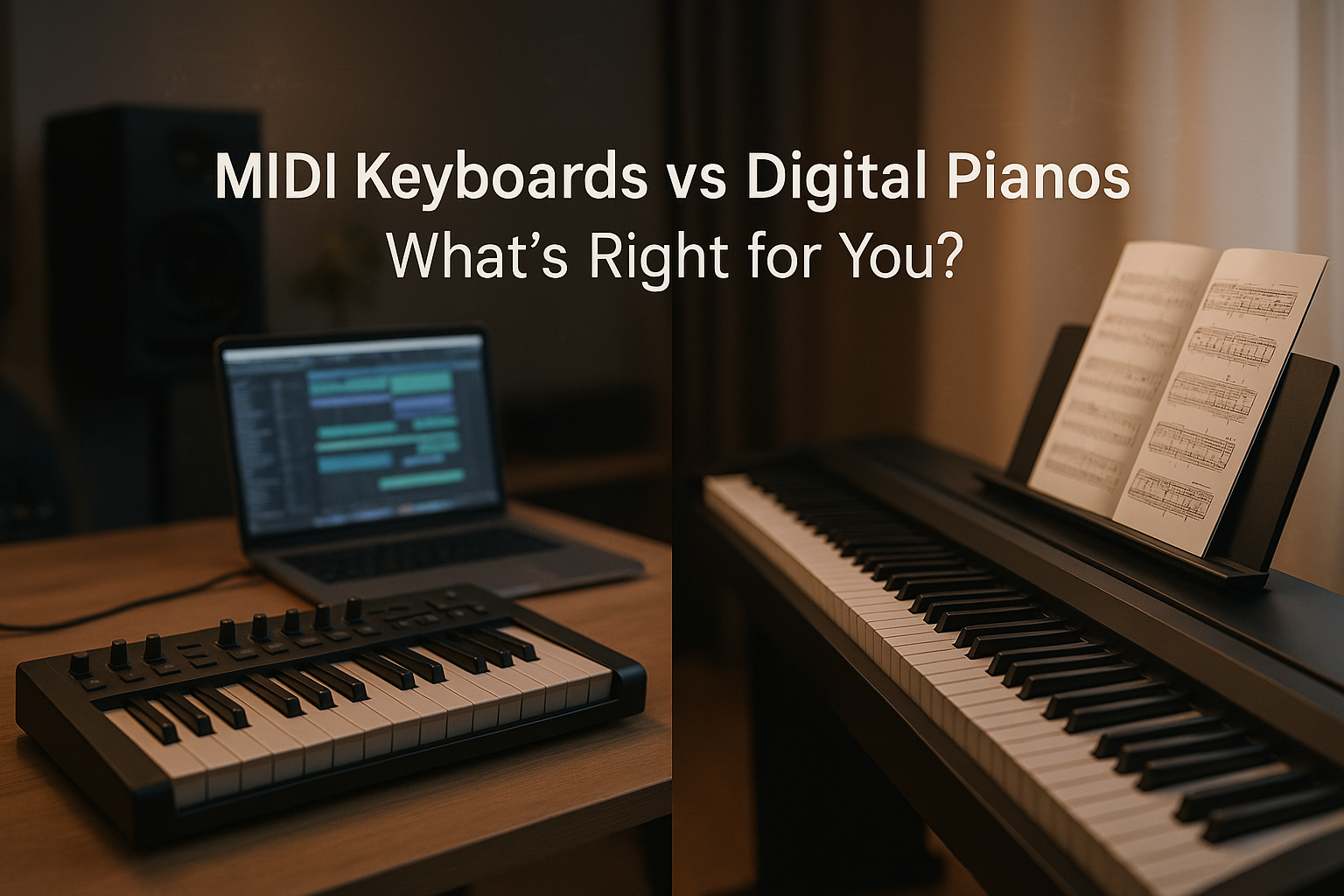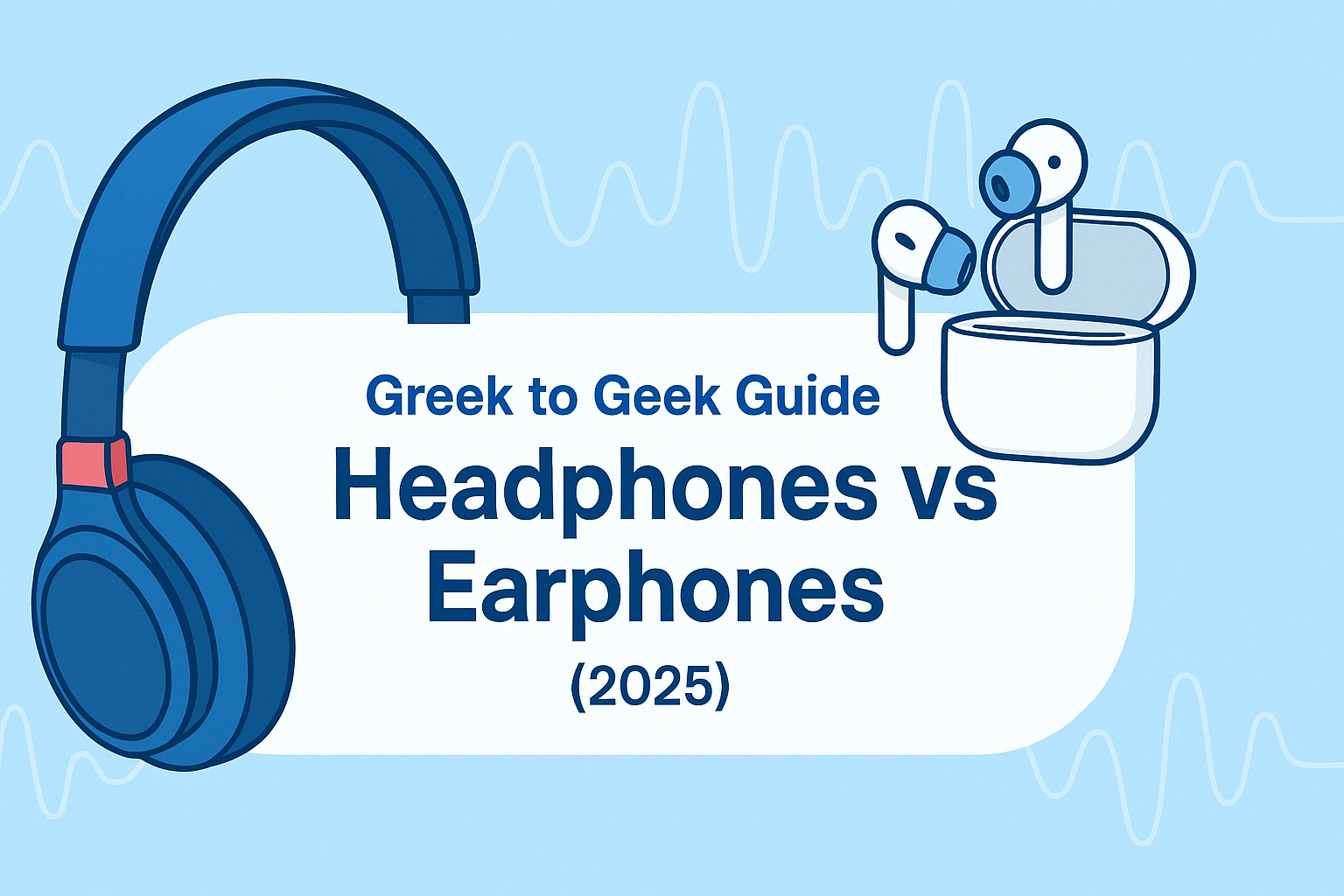
Electronic keyboards come in many varieties, ranging from Sizes, Shapes and lots of different features and options. It can be a real challenge to sort through it all if you are buying for the first time. At first glance, it may seem tough, but the good news is that it is not. This article will help you understand each type of keyboard and its features. You’ll be able to narrow down the choices and select the best for your kind of music.
So before diving in, it is very important to know exactly what you are looking for. This Guide for buying keyboard will help you figure out what features and functions will suit you the best.
HOUSEHOLD TERMS OF THE KEYBOARD FAMILY
Many features and terms remain common to all or most categories of keyboards. Following are the basics that you should be familiarized with.
NUMBER OF KEYS »
A standard or a traditional acoustic piano has 88 keys, which is also the case for the largest keyboards. Pianos are big instruments as compared to keyboards, keyboards are still wider if they have a full set of keys. To make it portable, 61-key and 76 key models were designed, which are still big enough to handle plenty of different tones of music. In some cases, especially in Midi Controllers and synthesizers, keys can also be low as 25.
Things to consider when deciding how many keys are right for you, space restrictions and the types of music you'll be playing.
TOUCH OR VELOCITY SENSITIVITY »
The harder you hit the key, the louder the sound, just as in a real piano. The ability of a keyboard to sense the force or speed with which a key is pressed and create a sound or send a MIDI message accordingly.
POLYPHONY »
The number of sounds a keyboard can generate at one time. Keyboards with extensive polyphonic capabilities and sufficient instrument voices can mimic an entire orchestra.
MULTITIMBRALITY »
The ability of a keyboard to play different sounds at once (i.e., flute, drums, strings, piano). Multitimbrality should not be confused with polyphony.
MIDI COMPATIBILITY »
MIDI (Musical Instrument Digital Interface) is a communication protocol for electronic instruments and computers with the help of a DAW (digital audio workstation). MIDI messages contain no sounds as such, rather serving as a blueprint that tells a hardware or software instrument what notes to play and with what velocity. MIDI compatibility enables a keyboard to send and receive MIDI messages.
COMPUTER CONNECTIVITY »
Keyboards can connect computers with the help of USB, FireWire, MIDI, S / PDIF, MLAN, and other interfaces, can be either external or built into a keyboard. Most digital keyboards include a USB or a MIDI host port for easy connectivity. Some keyboards also offer iOS capabilities that give you access to perform, practice and record using apps as well as cloud-based storage and musical collaborations using your tablet or smartphones.
SEQUENCER »
A hardware or software device that records MIDI performance data and plays it back in a user-programmed sequence.
ARPEGGIATOR »
It allows the player to automatically step through a sequence of notes based on the player's input, most often from a keyboard MIDI controller, thus creating an arpeggio.
SAMPLER »
A device that records digital audio and allows it to be altered and played back in various ways. If you plan to incorporate external audio clips into your music, you'll want a keyboard with built-in sampling capabilities.
INPUT/OUTPUT »
The input and output section of a keyboard is something you'll want to consider before buying. If you plan to use your keyboard as a digital audio workstation, having audio in/out can save you from having to purchase a separate interface. Audio outputs that connect to external amplifiers, mixers, and speakers are a must if you plan to play live with your keyboard.
CONTROLLERS »
The amount of control a keyboard offers depends greatly on what you'll be doing with it. For synths, you'll at least want pitch and modulation wheels. As you get into working with MIDI, you may want to have knobs and sliders as well, especially if you're shopping for a MIDI controller. Many keyboards offer visual displays—some with touch capability—to give you more control and ease of use.
STORAGE »
Most high-end keyboards offer external storage options including flash drives, Secure Digital, Compact Flash and Smart Media card slots. With USB connectivity, you can easily transfer data between your computer and other USB-enabled devices as well as store files in the cloud.
THE KEYBOARD FAMILY
THE ROBOTIC NEIGHBOURS: SYNTHESIZERS

We can say that a synthesizer is an electronic gadget which can make new sounds by binding together the ‘old’ ones.
‘Synthesize’ means to make something new, often by putting it together from existing pieces. A synthesizer is an electronic keyboard that can create or virtually copy any kind of sound, giving it access to mimic the sound of a traditional instrument, such as violin or piano, or produce an undreamt sound – like the footsteps on other planet or the sound of blood flow in your veins.
To understand how it does that, we need to know more about sound and how different instruments produce it in different ways.
THE POWERFUL AND HARD-WORKING PARENTS: KEYBOARD WORKSTATIONS

Keyboard Workstation is well-equipped with plenty of tools for both performers and music composers. Workstations have more synth sounds, more effects and many other music creation tools such as patch editing and sequencing.
With the push of buttons, you can sequence strings, woodwinds, percussions, grand piano etc. for an orchestral score. Workstations also allow you to record numerous accompaniment part on your keyboard and play along with the sequenced backing track.
Perhaps what makes workstations so awesome is their ability to generate multiple sounds simultaneously. With a robust control set that gives you the potential to modulate hundreds of presets or build patches from scratch, the keyboard workstation makes it easy to design and shape your own kind of sounds.
THE WISE UNCLE AND AUNT: PORTABLE KEYBOARD

This is a fantastic gadget for beginners. It is a compact and versatile instrument without the bulk of a full digital piano or the complexity of an arranger keyboard or a synthesizer. Portable keyboards are portable and user-friendly.
SHORTENED IN SIZE »
Shortened size made it easy for you to travel with your keyboard where ever you go. Generally, comes in 61 and 76 key which is most popular.
EASY LEARNING FUNCTION »
As we said it is best for beginners, it comes with a built-in feature to exercise you through scales and melodies.
GET SOME BASIC ARRANGER TOOLS »
Some of the high-end portable keyboards allow you to record some stuff you do and even record yourself as you play along.
IN-BUILT SPEAKERS »
Mostly all the portable keyboard comes with a decent set of built-in speakers which means you don’t need an external amplifier.
GETTING STARTED WITH THE PIANO
THE WORLDLY-WISE GRANDPARENTS: ACOUSTIC PIANOS

It’s only the Digital piano which is closely connected to its forefather that is an acoustic piano. Heavy weighted wooden keys and wooden exterior gives acoustic pianos a rich sound and many believe that the depth of sound produced by acoustic piano can never be replicated in any digital model. Acoustic pianos are perfect for performing the expressive and dramatic piece live on huge stages.
Acoustic pianos have an authentic old-school mechanism. It has hammers and steel strings enclosed by a wooden exterior. When the key is pressed, the hammer moves and strikes the string, which makes the string to vibrate and produce a deep sound.
An Acoustic piano is a kind of investment that will remain in your family for generations. Made from the high-end quality wood ensures that these beautiful instruments will be valued and enjoyed for many years.
THE SOPHISTICATED GRANDPARENTS: DIGITAL PIANOS

Digital pianos are the modernized versions of the acoustic piano. When the key is pressed, the inbuilt speakers inside will play the high-quality sound which has been recorded or previously taken from an acoustic piano.
Digital and Acoustic are similar in size, but the Digital piano weights less. Digital version comes with stand rather than ‘legs’ of an acoustic piano. The exterior and the keys of a digital piano are mostly made of plastic.
THE HIGH-TECH KIDS: MIDI CONTROLLERS

You can make your music creating experience richer if you plash it with MIDI controller. It is a device with keyboard style keys and comes with the selection of knobs, sliders, buttons etc. MIDI controllers are very portable. They virtually give you control over an entire range of modern music hardware and software and sometimes even compact enough to fit on your laptop bag.
MIDI controllers can go as small as you want, you can even get a tiny keyboard with an iPod interface which you can use it with a MIDI app. MIDI’s are versatile enough for any skill level or playing style.
LAST
FEW WORDS FOR YOU
Few things to consider before buying a keyboard to begin self-study or taking lessons.
- Key count – 61 Keys (5 Octaves)
- Touch Sensitivity
- The best selection of tones and rhythm
Go for these features as a starting point.
The other features beyond this are worth considering, but they are useful when you have mastered the basics.
The bottom line is that you must decide the right keys suitable for you and at what price. As of now, we have loaded you up with the basics of all types of keyboards. So now don’t hesitate to take the first step. Shop smart!
STILL, NEED HELP?
If you wish to seek for assistance on which keyboard is the best for you and which suits your style of music and playability, you can reach us at +91-22-61235353 or mail us at helpdesk@bajaao.com. Our keyboard specialist will tour you to the different kinds of keyboards and find the right one which you are looking for. Shop smart!
Sing Us a Song, You’re the Piano Man Now.




Share:
Five Reasons to Upgrade to a Fender Mexican Standard Stratocaster
AN ESSENTIAL HOME RECORDING GUIDE FOR BEGINNERS